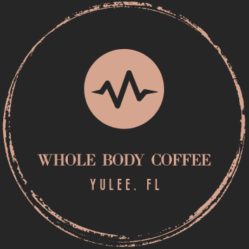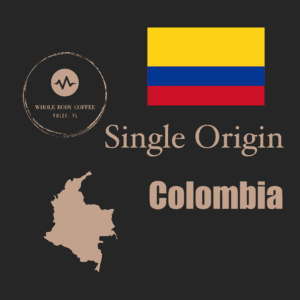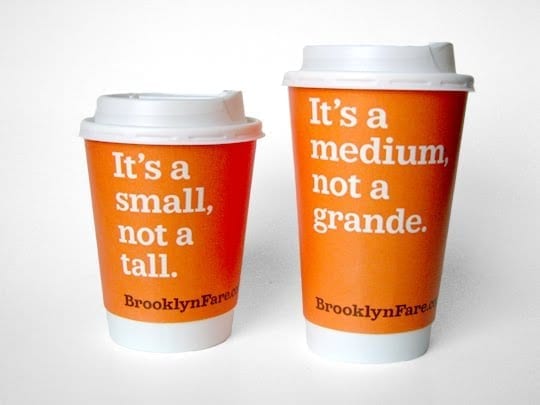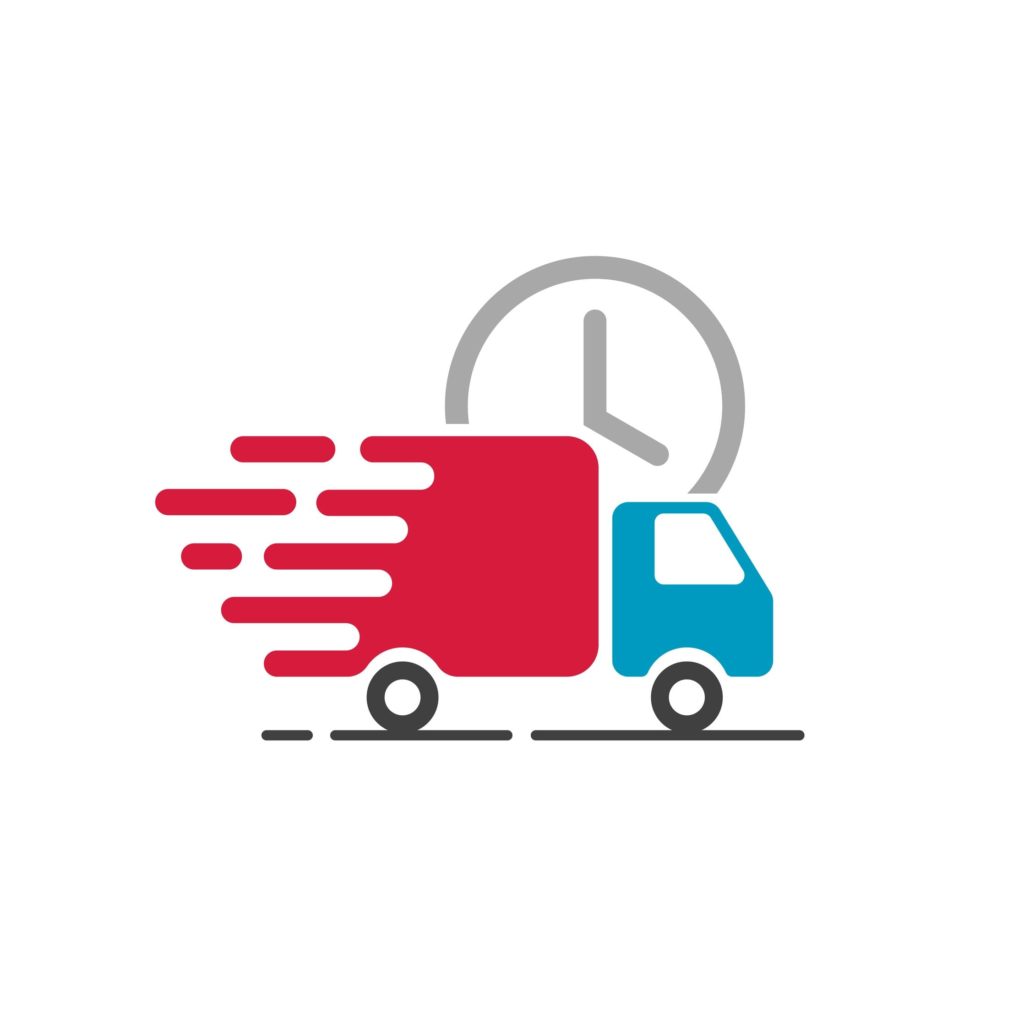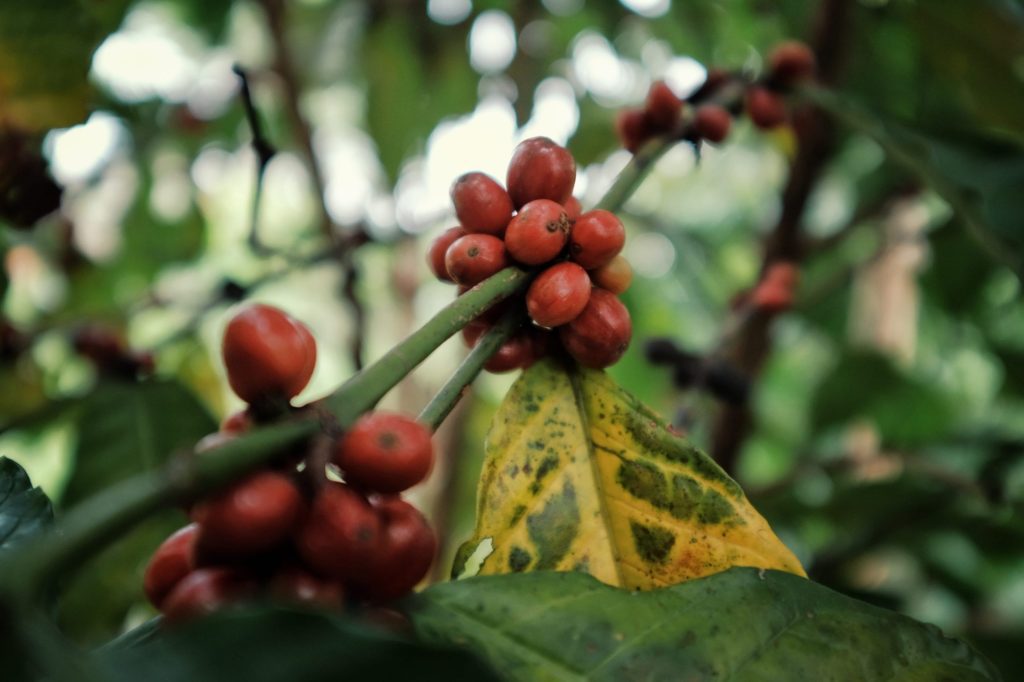At Whole Body Coffee, we roast all of our coffee to order so that we can tailor our coffee to your preferences. Although every coffee origin has different flavor profiles, there are some characteristics you can expect at each roast level. We usually put some flavor notes in the description of the coffee with the roast level that we recommend but in case you would like a little more guidance or are thinking of branching out, here is some more on what you can expect from each roast.
Light Roast
Lighter roasts are becoming more popular as more and more craft roasters (like ourselves) enter the industry and take your coffee world for a wild ride. I’ll explain later why darker roasts seem to be more prevalent in the commercial coffee world.
As a general rule, light roasts tend to be more acidic and exhibit more characteristics of their origin. I could (and probably should) write an entire article about the “acidic” and “bitter” descriptors here. When we say coffee has a “medium acidity,” we don’t mean that it takes like vinegar. There are natural acidic compounds inside coffee beans that yield a bright a vibrant experience, think more like a citrus fruit.
When it comes to a light roast, don’t expect your typical cup of coffee. This coffee should be taken without cream, but a little sugar can sometimes enhance the flavors. It is very important to accurately roast at this level, because an underdeveloped roast is much more likely to occur, resulting in grassy, sour flavors.
Medium Roast
A medium roast really brings out some excitement in many coffees. This is all preference of course but a medium roast tends to really highlight the unique properties of each bean. Here is where the quality of the coffee bean really comes into play. If your trying to emphasize the natural properties of the coffee bean, you best make damn sure you have a good quality coffee bean. This is where small roasteries like us shine. We have the opportunity to work with suppliers and ensure our beans are of the highest quality. Big name coffee companies just can’t afford to put the same time and effort into finding the best beans, they just need quantity and consistency.
I’d recommend trying our Colombian at a medium roast. This particular origin will offer a bright acidity, showcasing a side of coffee where bright floral and citrus flavors dominate over darker, bitter flavors.
Medium-Dark
A medium-dark roast can really be a sweet spot for many coffees. At this roast level, we start to experience some of the flavors most people tend to associate with coffee. This is where we will see hints of chocolate, caramel, toffee, dates, and oak. It’s almost like the best of both worlds between the familiar coffee flavors we know, and the unique character of the bean. This is also where cream and sugar start to become popular because the bitterness has started to overcome the bright acidity and the sugar offsets the bitterness.
A great coffee to try at this roast is our Burundi. A medium-dark Burundi is our coffee of choice for our personal cold brew batches. This coffee’s origin tends to be lower acidity with a bit of natural sweetness and compliments the slight bitterness of a darker roast.
Dark Roast
A dark roast is where we start to see all of the origins unique characteristics yield to the strong bitterness and flavors of dark chocolate, burnt caramel, tobacco and black pepper. I have seen the term “third-wave coffee” thrown around, basically describing the new kids pushing lighter roasts and condemning darker roasts. The truth here is that a dark roast will typically remove any special qualities from the bean, but some people like it that way.
As I said earlier regarding light roasts, they tend to have more acidity and less bitterness. The opposite is true of a dark roast which tends to have much more bitterness and little acidity. It usually results in a flavor that is less complex and a fuller body. This makes creamy sugary drinks taste amazing, but may be difficult to enjoy by itself.
When you put together the idea that dark roasts remove origin characteristics and tend to taste very similar, you can see why roasts between medium-dark and dark are popular in the commercial coffee market. Put simply, a darker roast is easier to keep consistent because no matter what you do it’s going to taste burnt and bitter. Now think about the last time you tasted Starbucks coffee. The biggest complaint is that it’s burnt and bitter. It may taste burnt and bitter, but it tastes like that every single time, and they need to count on that. Also, quality of bean matters much less at darker roasts because a burnt bean tastes like a burnt bean.
Some coffees can hold up to a dark roast though. One coffee origin in particular which is commonly associated with a dark roast is Sumatra. You can really experience a great Sumatra coffee at any roast, but this origin has a few unique properties that yield a great brew with a medium-dark or dark roast. If your curious, read about it here.
French Roast
This is the darkest roast we offer. Some may also refer to a very dark roast as an Italian roast, and some draw some distinction between a French roast and Italian roast. It really doesn’t matter because at this point, the coffee is mostly just burnt. There is a point where roasting past a dark roast continues to yield a heavier body and retains some enjoyable qualities. This coffee will be very bitter but stands up very well to anything you may want to mix with it. I’d never recommend this roast, but I know there are people out there that enjoy it. If you want to order a french roast, just know what you are getting into.
Now you are a Pro
There are a few generalized statements you can make about roast level. Once you give each of them a try, you’ll really start to dial in your preference.
- Light roasts tend to be more acidic and less bitter. As the roast becomes darker, acidity goes down and bitterness rises.
- The body of the coffee becomes heavier as a roast becomes darker. There is a point where a roast becomes too dark and body sharply decreases.
- Lighter roasts will highlight much more of the origins unique characteristics while darker roasts lose the flavors of their origin.
Now you know how to choose the proper roast level for your favorite coffee. Also, check out the post about how to choose your grind to help you order the perfect coffee for you and your family. If you have any questions or just wanna chat coffee, be sure to leave a comment, email us, or message us on Facebook.
[simple-author-box]
